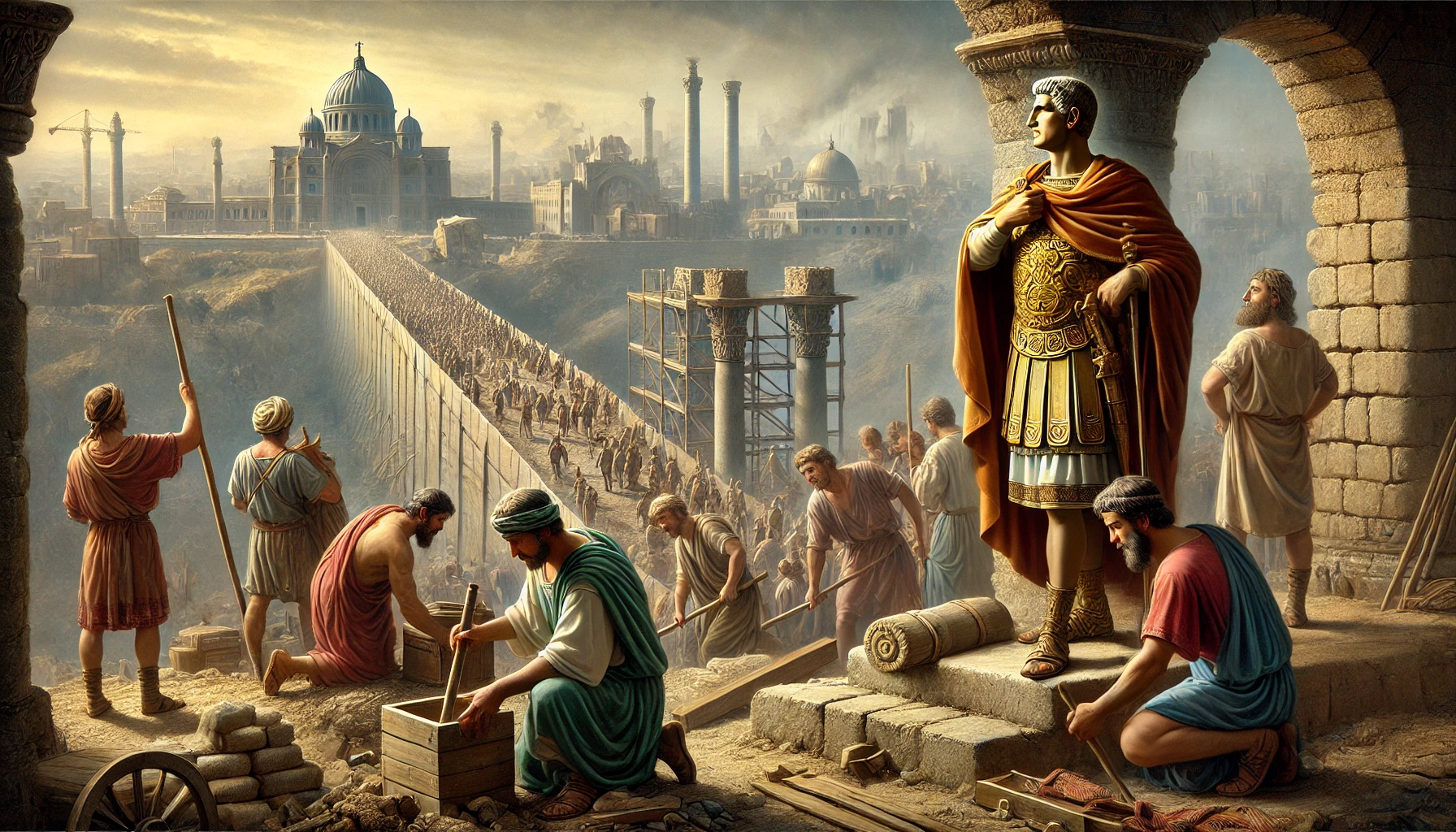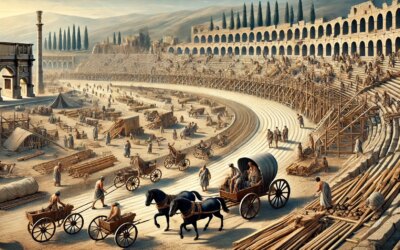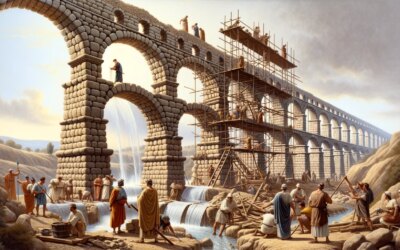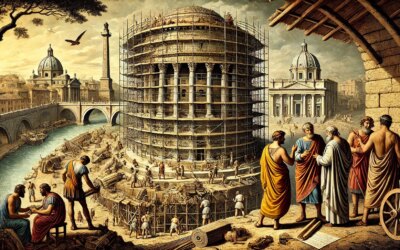Introduction
In 324 AD, Emperor Constantine the Great made a decision that would change the course of history—he chose Byzantium as the site of a new imperial capital. Renamed Constantinople, this city became the heart of the Eastern Roman Empire, enduring for over a thousand years. More than just a relocation, Constantinople represented a strategic, political, and religious transformation that would shape the future of Rome and its successors.
The Decision to Build a New Capital
By the early 4th century, the Roman Empire was vast and difficult to govern from Rome. Constantine recognized the need for a more defensible and strategically located capital. Byzantium, a Greek city on the Bosporus, provided an ideal setting—it controlled vital trade routes between Europe and Asia and was naturally fortified by water on three sides.
Construction and Expansion
Constantine launched an ambitious construction project, transforming Byzantium into a grand imperial city. The new capital featured massive walls, expansive forums, and Christian churches, including the first Hagia Sophia. Engineers and architects worked tirelessly, importing marble, columns, and statues from across the empire.
Constantinople as the New Rome
Unlike Rome, Constantinople was explicitly Christian from its inception. Constantine adorned the city with Christian symbols and promoted religious tolerance, reinforcing his role in shaping the future of Christianity. The city quickly became the center of administration, trade, and military power in the eastern empire.
The Legacy of Constantinople
Constantinople remained the capital of the Eastern Roman (Byzantine) Empire until its fall in 1453. Its strategic location ensured economic prosperity, while its defensive walls withstood sieges for centuries. Today, as modern Istanbul, the city continues to reflect its Roman and Byzantine heritage.
Conclusion
By founding Constantinople, Constantine the Great secured the future of the Roman world beyond the West. His vision ensured that Roman governance, culture, and Christianity endured long after the fall of the Western Empire, leaving an indelible mark on history.






